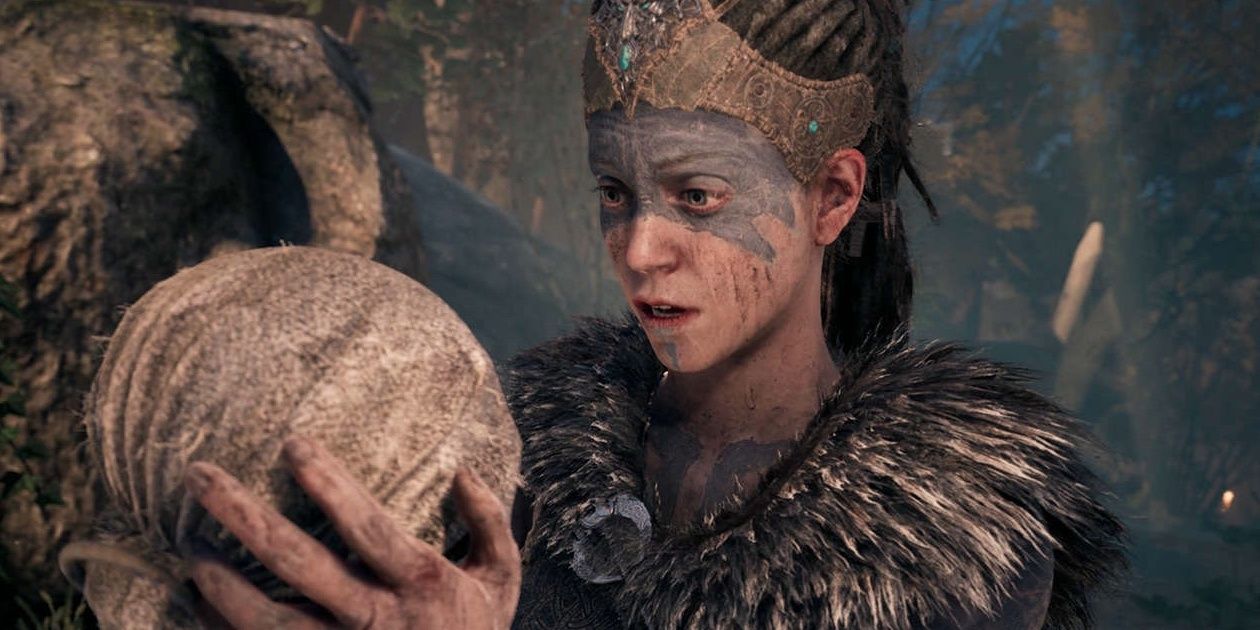With the release of the long-awaited Elden Ring, gamers around the world have been gushing over the breathtaking vistas of the Lands Between and sharing the characters they created using the game's robust character creator system. Amongst all the beauty is a lot of dying, as one would expect from a FromSoftware title, but Elden Ring director Hidetaka Miyazaki intends for death to be a meaningful and enjoyable experience for gamers. It may seem counterintuitive at first, but the frustration of death makes the hard-won victory that eventually comes much sweeter.
Although it is typically considered a morbid topic in everyday life, death is front and center in many video games. Miyazaki is not the only industry person who has thought deeply about the meaning and impact of death in gaming. Throughout gaming's history, developers have tinkered with the appearance of death, both as a narrative element and a gameplay mechanic. As is the case with any other artistic medium, video games often make audiences reflect on big ideas, and gaming's varied approaches to death have introduced novel ways for gamers to think about mortality.
Dark Souls, Death Stranding, and Death as a Metaphor
In many games, death as a gameplay mechanic can end up harming the strength of the narrative. For instance, the impact of the main character dying in a cutscene can be dampened if players have seen that same character die over and over again during gameplay with no consequences. Some games have avoided this issue and harmonized gameplay and story by ensuring that death gameplay mechanics complement the narrative. Miyazaki has experimented with death in such a manner in the Dark Souls series.
The world of Dark Souls is macabre, and it features fearsome monsters and plenty of darkness. Within this treacherous world are humans who are afflicted with a terrible curse that causes them to descend into madness and eventually become "hollowed." Players, however, do not wish to meet the same fate, so they must continually battle, persevere, and resist the temptation to give up no matter how many deaths they must suffer.
For many gamers, the experience of continually choosing survival no matter how dark things get bears many parallels to the struggles that come with depression. Hence, in Dark Souls, death is something to be feared, but it is also something that can be conquered and if one manages to sustain their resilience, they can avoid the horrors of becoming hopeless and hollowed.
Death and sadness are also closely related in Hideo Kojima's Death Stranding, an eccentric game set in a dystopian version of America where society has been fragmented, valuable social connections are severed, and people live in isolation. Sam Bridges hopes to mend America by making important deliveries that will help to connect the country once again.
As Sam attempts to build these connections, he is stalked by death which appears in the form of "Beached Things," entities that wind up in the realm of the living after the "Death Stranding" event. When Sam encounters these beings, they attempt to drag him down into darkness and stop him from seeing the light at the end of the delivery. Hence, with Death Stranding, death becomes a metaphor for extreme isolation, and the cure to this death is to forge meaningful connections once again.
Deathloop and Death as a Teaching Tool
Typically, death is conceived of as a point of finality. However, with video games, death does not have to be the end. Instead, death can be but one step in the learning process. By encouraging players to learn from the mistakes that caused their death, some games use death as a teaching tool. Consequently, although death is something that is still to be avoided, it becomes an essential part of the gameplay experience and a necessary component of success.
Deathloop begins with the main character, Colt, being killed by Julianna Blake. When Colt wakes up again, he is on the shore of Blackreef without much knowledge of what happened prior. As he explores, he finds new weapons and learns more about the strange loop he is in, but he soon has his exploration blocked by a door. Another violent encounter with Julianna results in him discovering where to find the code to open the door, but that is information he will only be able to use after his death.
With the simple introduction, players are shown the way they should view death in Deathloop. Rather than see it as a point of failure, they should use all the information learned to improve their next run so that Colt can finally break the loop. Fortunately, the game is forgiving, and Colt has the Reprise ability which allows him to die twice and return. If he dies a third time, he has to start his current loop from the beginning. Through games such as Deathloop, players are taught not to run away from failure but instead to embrace it and use it as an opportunity to learn and improve.
Hellblade: Senua's Sacrifice and the Value of Permadeath
For many games, especially in modern times, death has been reduced to nothing but a minor inconvenience, and dying seldom results in players losing much progress or resources. However, during the early days of gaming, permadeath was a far more common feature, and it was possible in many arcade games to die and be forced to start right from the beginning of the game.
A few modern games have attempted to toy around with the idea of permadeath, which has resulted in some interesting outcomes. In Hellblade: Senua's Sacrifice, players are told that every time Senua dies, the rot that she has been infected with will continue to spread, and should it spread enough, Senua will die permanently, forcing the players to start from scratch. Despite the ominous warning, players have learned that the game never actually imposes the harsh punishment of permadeath.
While it may seem like a bit of unnecessary deception at first, convincing players that they might die permanently helps to up the tension and create a feeling of dread. It also illustrates the kind of catastrophes that can happen when one is suffering from mental illness, leading some people to believe that things are far worse than they really are.
Unlike other mediums, video games allow players to not just witness death but also experience a virtual version of it, too. Rather than make gaming a nihilistic endeavor, death instead fills games with meaning and makes the choices that players make feel more impactful. While it is usually an unpleasant moment in a game, creative approaches to death from Kojima, Miyazaki, and other developers have ensured that gamers also gain something even when it feels like they are losing everything.
Elden Ring is available now on PC, PS4, PS5, Xbox One, and Xbox Series X/S.




